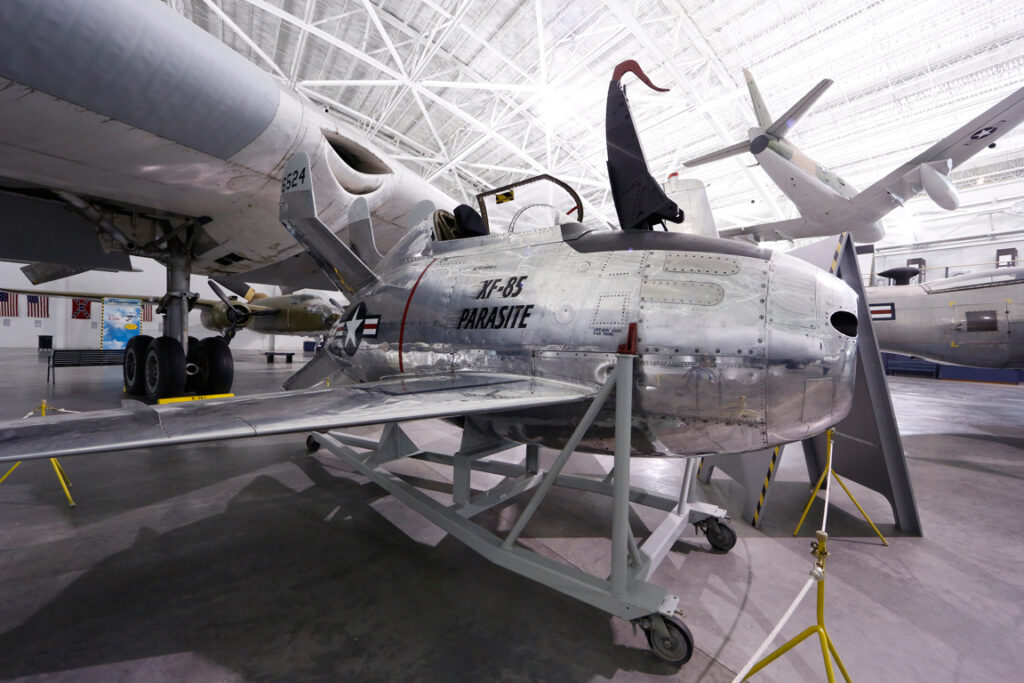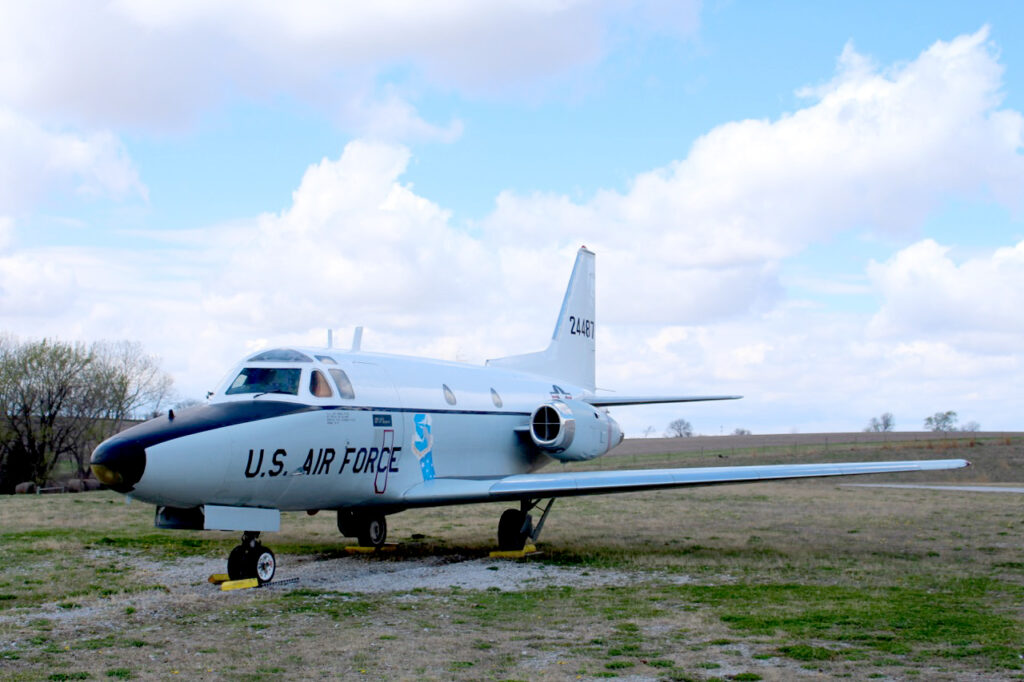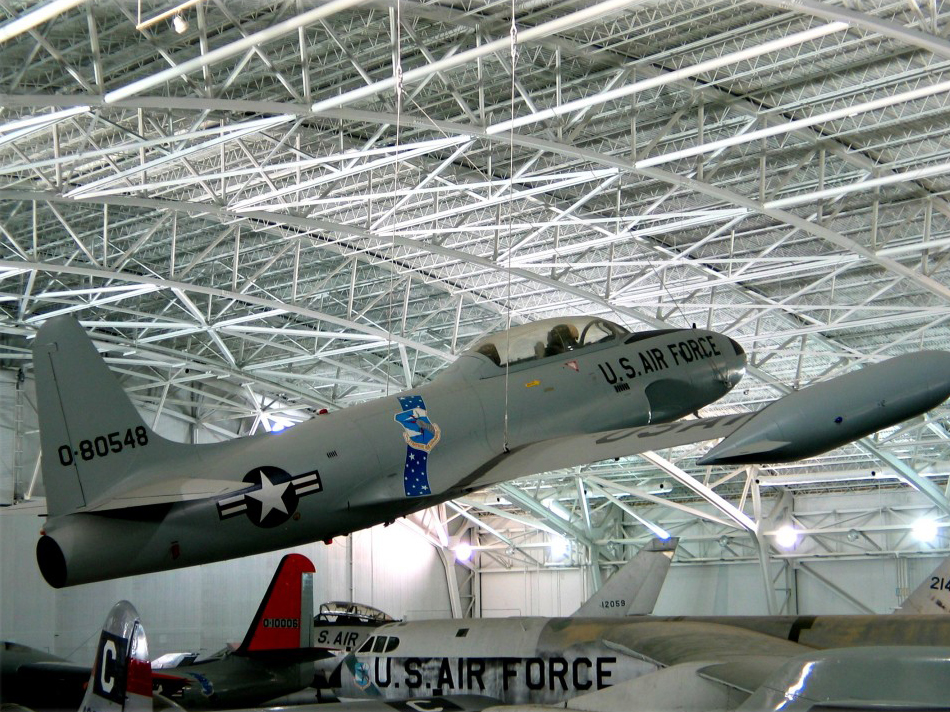Let Your Curiosity Soar
U-2C “Dragon Lady”
This aircraft was designed and used for high-altitude communications intelligence and electronic intelligence. It was capable of day or night all-weather surveillance. The U-2 has been configured with an array of cameras, electronic intelligence equipment and radar-homing and warning systems, depending upon its mission. This aircraft played an instrumental role in detecting Soviet intermediate-range ballistic missiles during the Cuban Missile Crisis of 1962.
The U-2 “Dragon Lady” gained notoriety when one – flown by Francis Gary Powers, a former SAC F-84 pilot – was shot down during an intelligence gathering mission over the Soviet Union on May 1, 1960. The U-2 is still considered to be one of the most technologically advanced aircraft ever built. Designed to fly for long periods at very high altitudes, it is essentially a powered glider with a sail-plane-like wing and lightweight structure.
Nicknamed “The Saint” during its service with the Air Force thunderstorm research program, our U-2C (S/N 56-6701 also served with the Central Intelligence Agency and various reconnaissance wings. This aircraft has been converted from a U-2A to a U-2B, and finally to a U-2C model in 1968. It was dropped from the inventory and flown to the SAC Aerospace Museum in 1982.
Specifications
Aircraft Type: U-2C, Lockheed “Dragon Lady”
Mission: Long-range, high-altitude strategic reconnaissance
Number built: 53
Powerplant: One Pratt & Whitney J75-P-13 turbojet, 17,000 pounds thrust
Weight: Empty 14,250 pounds, maximum takeoff weight 24,150 pounds
Dimensions: Wingspan 80′, length 49’7″, height 13′
Performance: Maximum speed over 430 MPH, ceiling over 70,000 feet, range 2,880 miles with 4,000 pounds ordnance
Additional Exhibits

XF-85 “Goblin”
Learn More
T-39A “Sabreliner”
Learn More